For the MOST Delicious Pie Crust: Lard or Butter?
My recent Martha Stewart newsletter opened with an attention-grabbing question: “Should you use lard instead of butter when making pie crust?” Have you ever wondered about this? Her answer: “It all depends on who you ask.” But then she went on to share very helpful information regarding both ingredients. So helpful that I thought you’d be interested, since we’re all interested in making the MOST delicious pie crust.
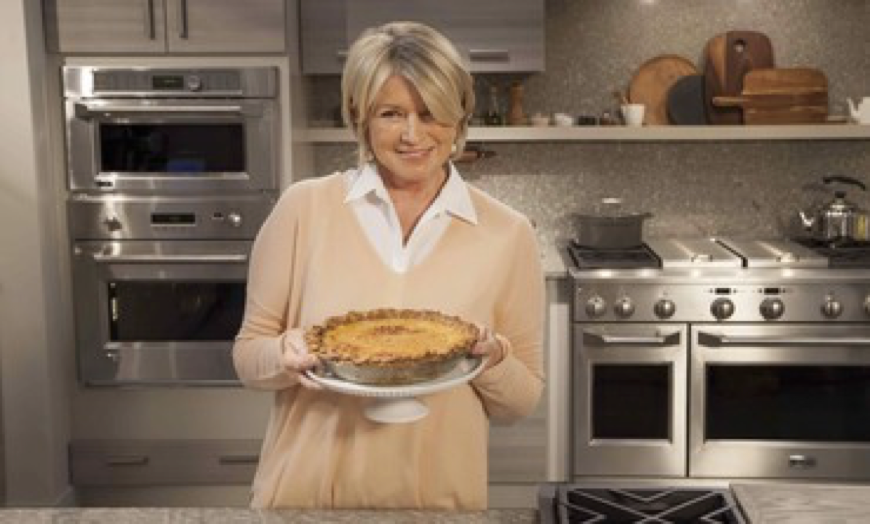
And what IS the most delicious pie crust? If you ask any of the food editors who work in Martha’s test kitchen, or Martha herself, chances are they'll answer, "pâte brisée." This is a French-style, all-butter pastry. It’s been their hands down favorite since the earliest issues of her magazine, and was the dough of choice in Martha's original Pies and Tarts book, published in 1985.
As long as pâte brisée is handled minimally (overworking is the enemy of a flaky crust, no matter what fat you’re using) and kept nicely chilled as it's mixed, rolled, fitted, and filled, it bakes up beautifully.
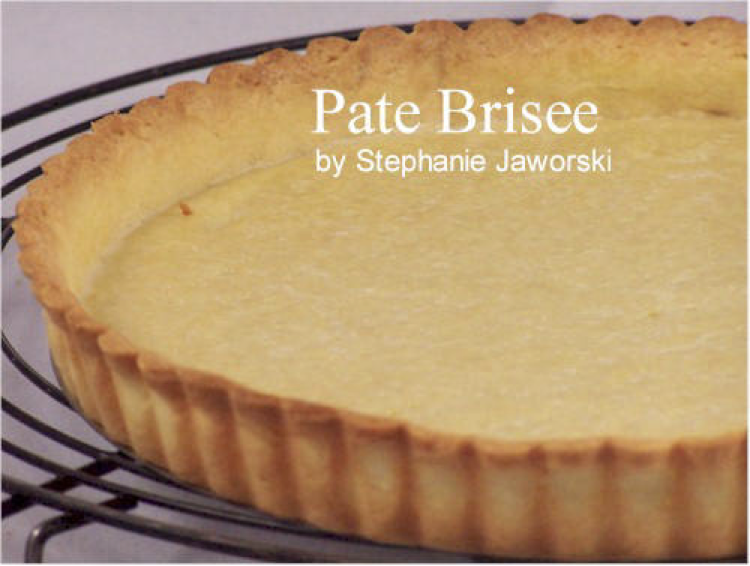
But Martha admits that if you ask a random sampling of pastry chefs, bakers, and home cooks (aka Cook’n readers) the same question, you're bound to get a few other answers along with countless theories and suggestions. For something as simple as pie dough (it's not much more than flour, fat, and water, after all), it’s amazing how so many differences of opinion there are.
Many bakers (including some in Martha’s test kitchen) insist that lard, rendered from pure pig fat, produces the most incomparably crisp, impossibly flaky crust. In fact, lard was once commonly used for pie dough, until it was largely replaced by commercially available vegetable shortening in the early 20th century.
In recent decades, however, concerns about the hydrogenated fats in vegetable shortening, combined with the increased availability of artisanal, farm-raised products, have helped lard to stage a comeback.
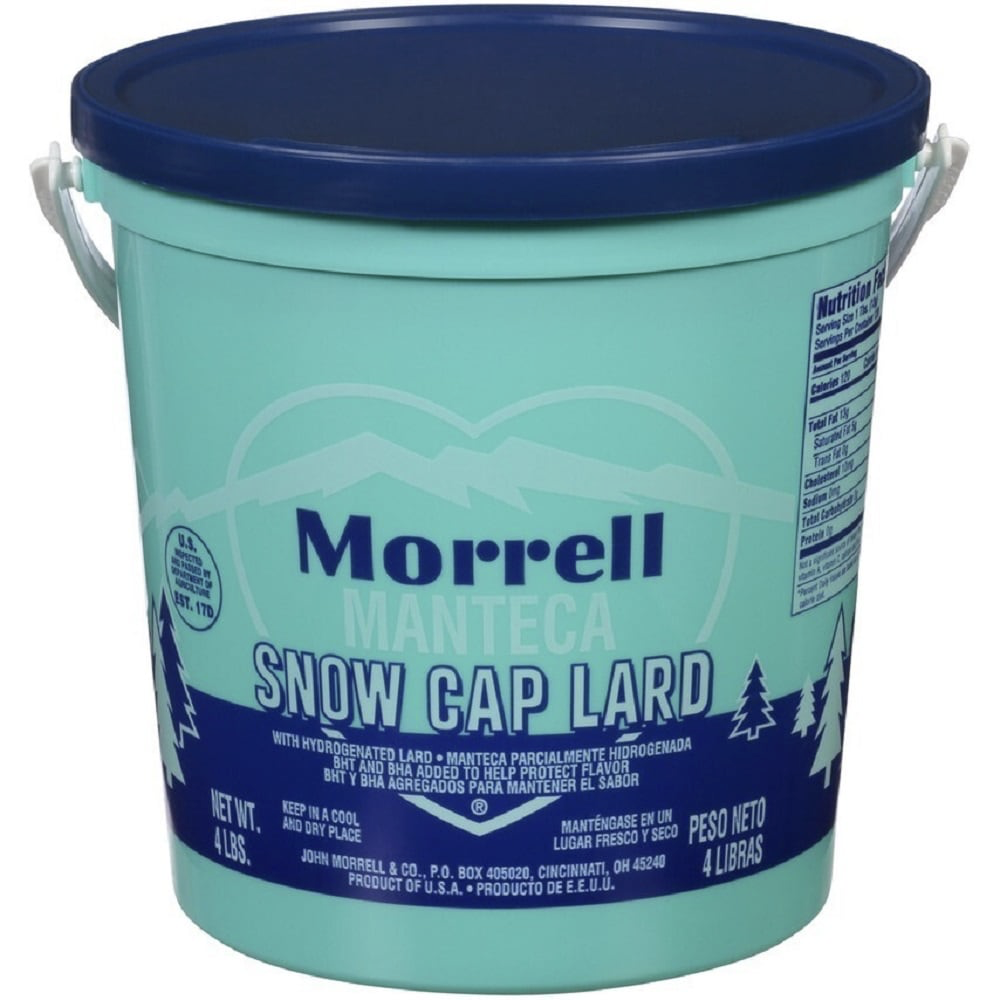
Martha’s test kitchen lard-fans say: “The flake you get is unsurpassed. If you're used to an all-butter crust, beware. The additional fat content of lard (it's 100 percent fat, compared to about 80 percent for butter) can make the crust quite delicate. Since the flavor of lard intense, you’ll want to use it judiciously with fruit pie fillings. It works well with apple, for instance, rather than something that's also intensely flavored, like peach pie.
“Because lard melts at a higher temperature than butter, it makes a dough that's easier to work with. You're less likely to overwork it than when handling all-butter pâte brisée, for example, and you don't have to stress as much about keeping it super cold. The best way to experiment with lard in pie dough is to use it in some combination with butter. Start with a proportion of about 70 percent butter, 30 percent lard. You should end up with a crust that features the best of both fats—gorgeous flakes from the lard and rich flavor from the butter.”
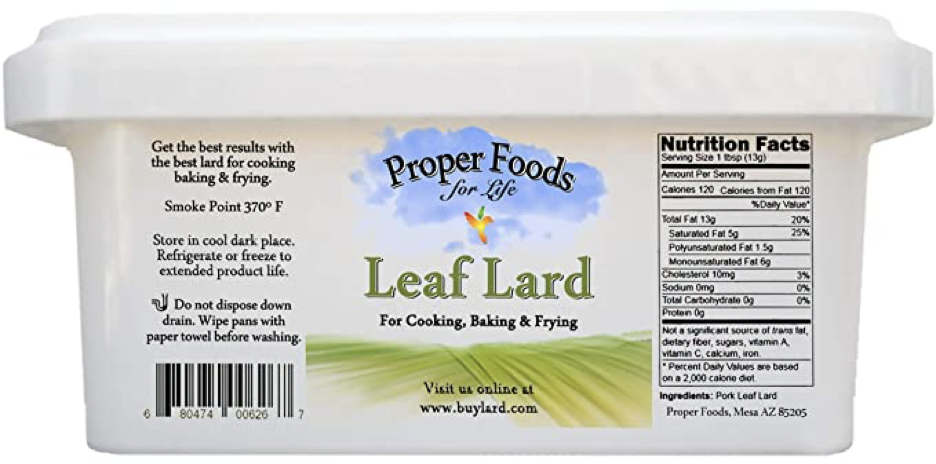
Lastly, be sure to seek out pure rendered “leaf lard,” which is made from the fat around the pigs' kidneys rather than from other parts. You’ll find it at quality butcher shops, specialty grocers, farmers' markets, and from online retailers. You really don’t want the boxed lard sold in supermarkets; it’s partially hydrogenated, loaded with preservatives, and not a good substitute for the pure stuff.
I’ll close with a confession and a recipe for the best lard pie crust recipe ever. The confession first: Aunt Annie taught me to make pie crust using lard when I was a teenager, so I was overjoyed to find this pie crust validation from Martha Stewart, and I couldn’t resist passing on my pie-making smugness. Now her recipe:
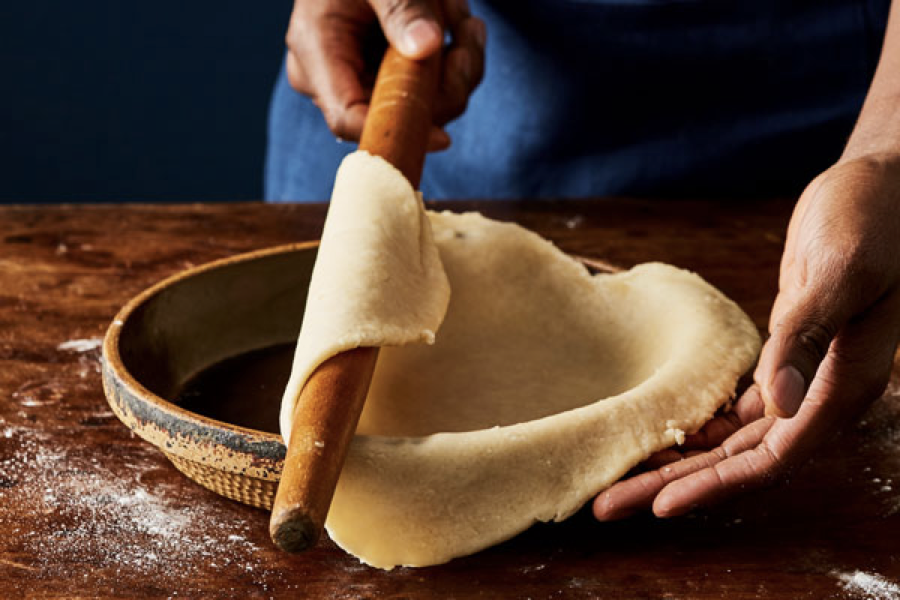
2 cups all-purpose flour
1 teaspoon salt
3/4 teaspoon sugar
2/3 cup lard
1/4 to 1/2 teaspoons vanilla extract
5 tablespoons ice water or as needed
Directions:
Add Recipe to Cook'n

And what IS the most delicious pie crust? If you ask any of the food editors who work in Martha’s test kitchen, or Martha herself, chances are they'll answer, "pâte brisée." This is a French-style, all-butter pastry. It’s been their hands down favorite since the earliest issues of her magazine, and was the dough of choice in Martha's original Pies and Tarts book, published in 1985.
As long as pâte brisée is handled minimally (overworking is the enemy of a flaky crust, no matter what fat you’re using) and kept nicely chilled as it's mixed, rolled, fitted, and filled, it bakes up beautifully.

But Martha admits that if you ask a random sampling of pastry chefs, bakers, and home cooks (aka Cook’n readers) the same question, you're bound to get a few other answers along with countless theories and suggestions. For something as simple as pie dough (it's not much more than flour, fat, and water, after all), it’s amazing how so many differences of opinion there are.
Many bakers (including some in Martha’s test kitchen) insist that lard, rendered from pure pig fat, produces the most incomparably crisp, impossibly flaky crust. In fact, lard was once commonly used for pie dough, until it was largely replaced by commercially available vegetable shortening in the early 20th century.
In recent decades, however, concerns about the hydrogenated fats in vegetable shortening, combined with the increased availability of artisanal, farm-raised products, have helped lard to stage a comeback.

Martha’s test kitchen lard-fans say: “The flake you get is unsurpassed. If you're used to an all-butter crust, beware. The additional fat content of lard (it's 100 percent fat, compared to about 80 percent for butter) can make the crust quite delicate. Since the flavor of lard intense, you’ll want to use it judiciously with fruit pie fillings. It works well with apple, for instance, rather than something that's also intensely flavored, like peach pie.
“Because lard melts at a higher temperature than butter, it makes a dough that's easier to work with. You're less likely to overwork it than when handling all-butter pâte brisée, for example, and you don't have to stress as much about keeping it super cold. The best way to experiment with lard in pie dough is to use it in some combination with butter. Start with a proportion of about 70 percent butter, 30 percent lard. You should end up with a crust that features the best of both fats—gorgeous flakes from the lard and rich flavor from the butter.”

Lastly, be sure to seek out pure rendered “leaf lard,” which is made from the fat around the pigs' kidneys rather than from other parts. You’ll find it at quality butcher shops, specialty grocers, farmers' markets, and from online retailers. You really don’t want the boxed lard sold in supermarkets; it’s partially hydrogenated, loaded with preservatives, and not a good substitute for the pure stuff.
I’ll close with a confession and a recipe for the best lard pie crust recipe ever. The confession first: Aunt Annie taught me to make pie crust using lard when I was a teenager, so I was overjoyed to find this pie crust validation from Martha Stewart, and I couldn’t resist passing on my pie-making smugness. Now her recipe:

Aunt Annie's Pie Crust
Ingredients:
2 cups all-purpose flour
1 teaspoon salt
3/4 teaspoon sugar
2/3 cup lard
1/4 to 1/2 teaspoons vanilla extract
5 tablespoons ice water or as needed
Directions:
Whisk flour and salt together in a large bowl. Cut in the lard with a knife or pastry blender until the mixture resembles coarse crumbs. Sprinkle in water, mixed with vanilla, 1 tablespoon at a time, blending gently with a fork or pastry blender until all flour is moistened and dough almost cleans the sides of the bowl. BE CAREFUL NOT TO OVERWORK THE DOUGH. Divide the dough in half and shape flattened rounds. Wrap in plastic and refrigerate for at least 1 hour.
Recipe formatted with the Cook'n Recipe Software from DVO Enterprises.
Sources:
- www.marthastewart.com
- www.joyofbaking.com
- www.storey.com
- www.frysfood.com
- www.amazon.com
 Alice Osborne
Alice Osborne
DVO Newsletter Contributor since 2006
Email the author! alice@dvo.com
